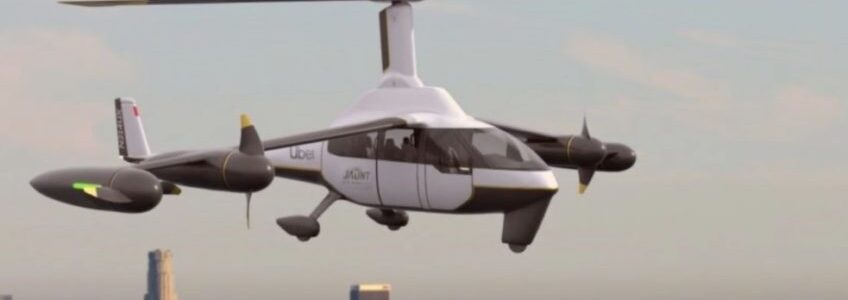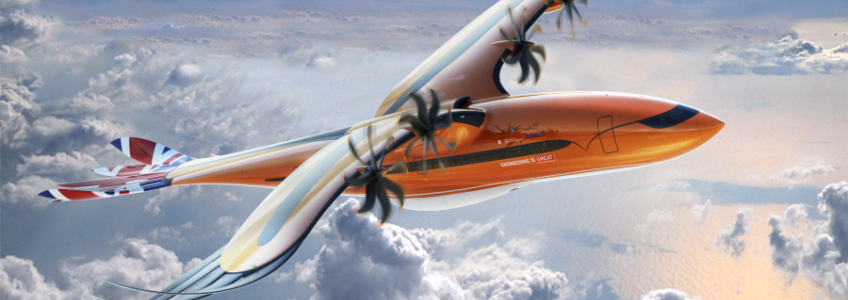Solar power seems the most likely renewable energy solution when looking into the future. This conversion of energy turns sunlight into electricity, either directly through photovoltaics (PV), indirectly using concentrated solar power or a combination. But now, Caltech is taking this a step further by collecting solar power in space and sending it to Earth but before we get into Caltech’s Space Solar Power Project (SSPP), let’s take a quick look at what solar power is.
Considering the scope of practice, deep hole machining requires a particular degree of expertise only a few engineering companies can provide. PRV is one of Europe’s top suppliers of precision engineering services with the ability to manage all of your deep hole drilling requirements under one roof – a true “One-Stop Engineering Shop” Read more
There hasn’t been much to celebrate in the aviation sector since the pandemic grounded flights across the world, almost bringing it to a standstill. However, there is something to look forward to in a post-Covid world and that is supersonic passenger aircraft.
A few weeks ago we wrote about the Flying-V hydrogen jetliner concept that showed great promise for greener aviation. Well, if you thought that was impressive, wait until you see this new hybrid-electric plane concept. It can reportedly capture 95% of the plane’s harmful nitrogen oxide emissions using an emissions control system adaptation.
Earlier this year TU Delft successfully launched a scale model of its Flying V jetliner. This new future-ready aeroplane is the epitome of next-gen aerospace engineering showing better fuel efficiency and an interesting design.
In a world dominated by air travel and global concerns around emissions, engineering innovation needs to be at the forefront. Airbus has done just that as they revealed a new aircraft design that could revolutionise the aviation industry.
With growing concerns around global warming and the increased usage of sustainable energy resources, hybrid aircraft could play a bigger role in the future. The aerospace sector has undoubtedly made impressive strides since the 1950s in terms of increased power and efficiency of engines. However, more recent studies indicate that engine technology could reach thermodynamic limits.
This means a more reasonable investment in the amount of energy we can extract from carbon-based fuel. More air travel and more aircraft in the sky will lead to increased fuel consumption and greenhouse gas emissions unless we find a suitable fossil fuel substitute.
Image Credit: Airbus
Animals have long-inspired innovative engineering designs as they’ve evolved perfectly, as nature intended. This provides the ideal solution to environmental challenges, something European manufacturer, Airbus, hopes to achieve as they revealed a brand new concept hybrid-electric aircraft.
Liam Fox, UK Secretary of State for International Trade, unveiled the “Bird of Prey” concept at the Royal International Air Tattoo air show last month. At first glance, it is evident that this new hybrid-electric aircraft got its inspiration eagles, hawks and other aerial predators. Airbus revealed this new concept aircraft with the intention of inspiring the next-generation of aeronautical engineers.










Recent Comments